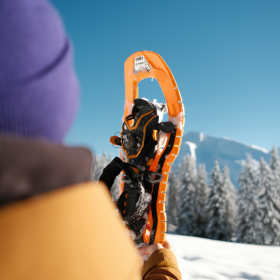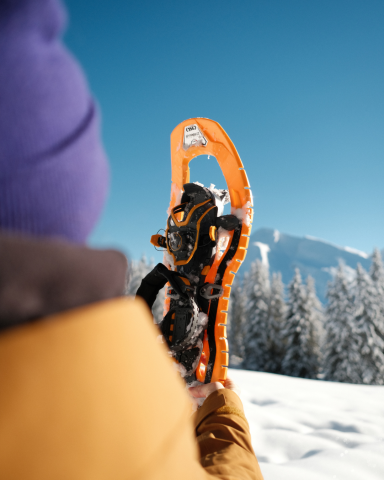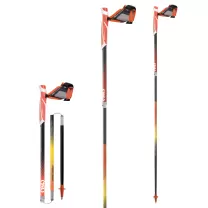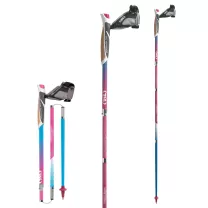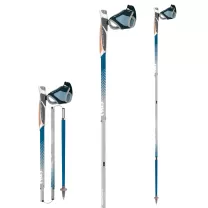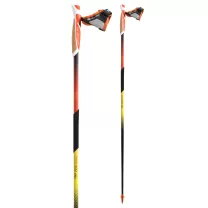
Top Trail Running Poles for Elevation and Stability
Best Trail Running Poles for Steep Climbs and Technical Trails
Trail running has evolved beyond flat forest paths. Today’s runners are tackling steep ascents, rocky ridges, and long alpine traverses—terrains where gear can make or break performance. Among the most impactful additions to a trail runner’s kit are trail running poles. These lightweight, foldable tools are key to climbing faster, stabilizing descents, and reducing overall fatigue.
This guide will walk you through the top features to look for, materials to consider, and pole models best suited for elevation and stability.
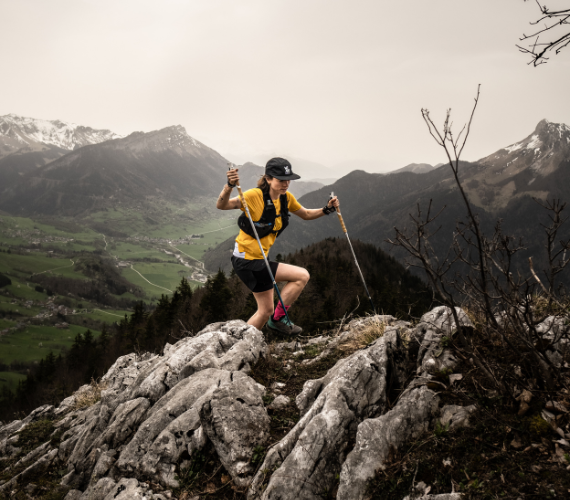
Why Trail Running Poles Matter in the Mountains
Technical trails demand more than just strong legs. They require coordination, balance, and endurance across a variety of terrain types. Poles provide four points of contact, redistributing effort across the upper body and improving efficiency over time.
Key Benefits of Trail Running Poles:
Support on steep climbs, helping runners conserve leg power and maintain rhythm.
Improved balance on uneven, slippery, or loose terrain.
Lower joint impact on long descents, especially for knees and hips.
Energy efficiency, especially during ultras and back-to-back training days.
For rugged adventures or competitive runs, TSL's trail running poles are designed with alpine athletes in mind—lightweight, foldable, and built for aggressive elevation gain.
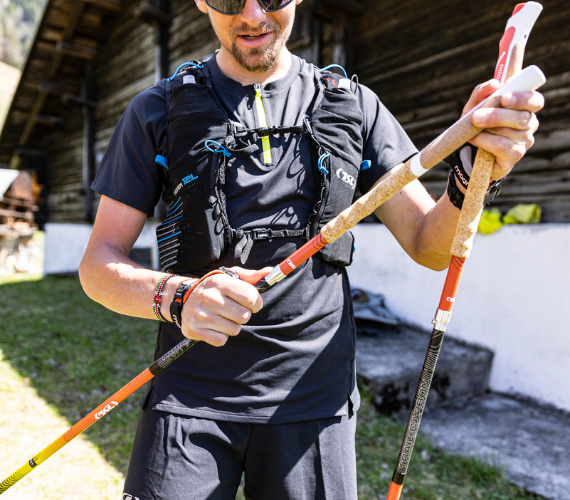
Key Features to Look For in Trail Running Poles
When evaluating trail running poles, it's not just about weight. The details can make a big difference in your experience on the trail.
1. Foldable Design
Most runners favor Z-style foldable poles. They break down into 2–4 sections and stow easily in a hydration vest or running belt.
2. Material Choice
Carbon Fiber: Lightest option, ideal for speed-focused athletes and vertical races.
Aluminum: Slightly heavier but better suited for durability in rocky or unpredictable terrain.
If you’re also a hiker or backpacker, you might consider trekking and hiking poles for a more versatile option across activities.
3. Weight and Packability
Each gram matters when racing. Look for poles that weigh under 200g per pole and fold to under 40cm for efficient storage.
4. Grip and Strap Design
Cork or foam grips reduce hand fatigue. Straps help transfer force without relying on grip strength alone—a big plus during long climbs.
Recommended Trail Running Poles for Elevation and Stability
Beyond running-specific models, TSL also provides walking poles for seniors and Nordic walking poles, extending our commitment to high-quality support equipment for every user type.
When and How to Use Trail Running Poles
Poles aren’t needed on every trail—but they’re a game-changer in the right conditions.
Ideal Scenarios:
Steep or sustained climbs
Technical descents on loose or rocky paths
Long-distance or ultra-endurance races
Multi-day mountain runs
Quick Tips for Use:
Plant poles in rhythm with your stride, ideally opposite foot and hand.
Don’t grip too tightly—use the strap for power transfer.
Practice folding and stowing poles on the move to save time during races.
Final Thoughts
Choosing the best trail running poles depends on your terrain, goals, and training load. For runners regularly training or racing in elevation-rich environments, poles offer a major performance advantage—especially when optimized for weight, packability, and terrain handling.
TSL Outdoor delivers models for every need, from minimalist carbon builds to adjustable aluminum poles. If you’re aiming for your best season yet, gear up with poles that support every step.
Explore our full trail running collection today:
